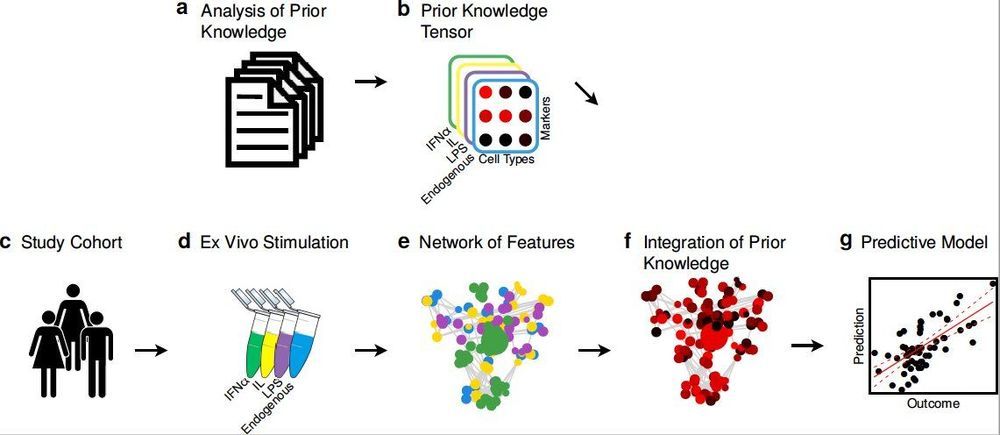The complex network of interconnected cellular signals produced in response to changes in the human body offers a vast amount of interesting and valuable insight that could inform the development of more effective medical treatments. In peripheral immune cells, these signals can be observed and quantified using a number of tools, including cell profiling techniques.
Single-cell profiling techniques such as polychromatic flow and mass cytometry have improved significantly over the past few years and they could now theoretically be used to obtain detailed immune profiles of patients presenting a number of symptoms. Nonetheless, the limited sample sizes of past studies and the high dimensionality of the patient data collected so far increase the chances of false-positive discoveries, which in turn lead to unreliable immune profiles.
Conducting studies on larger groups of patients could improve the effectiveness of these cell-profiling techniques, allowing medical researchers to gain a better understanding of the patterns associated with medical conditions. Gathering data from many patients, however, can be both expensive and time consuming.
